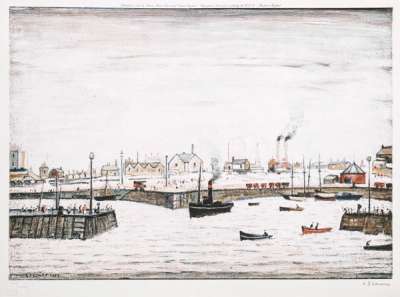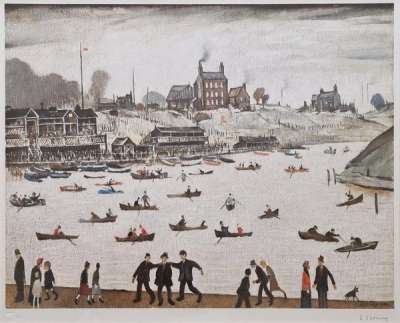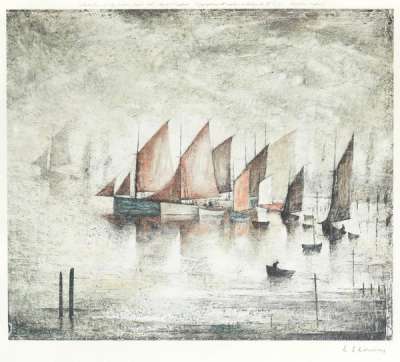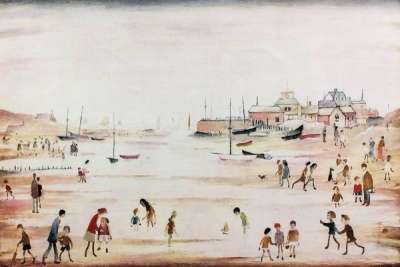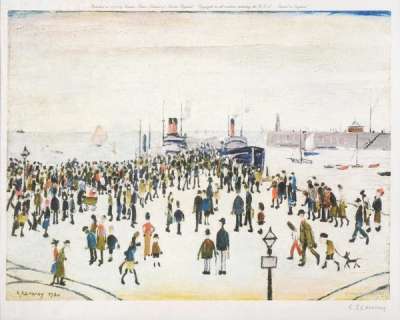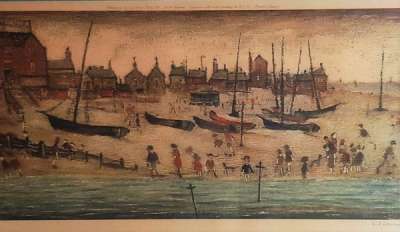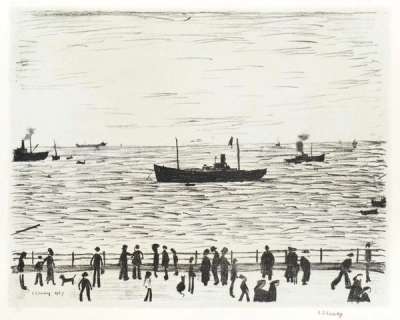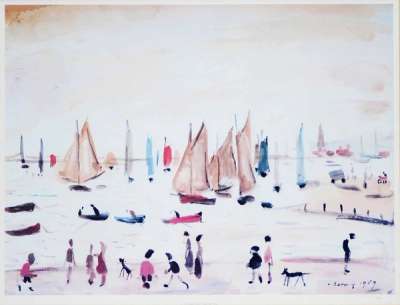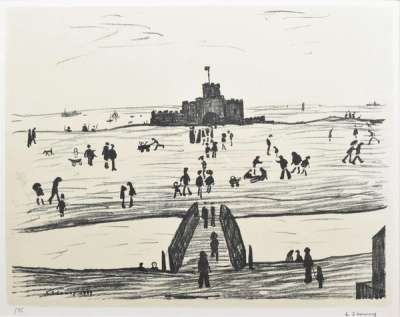
The Notice Board
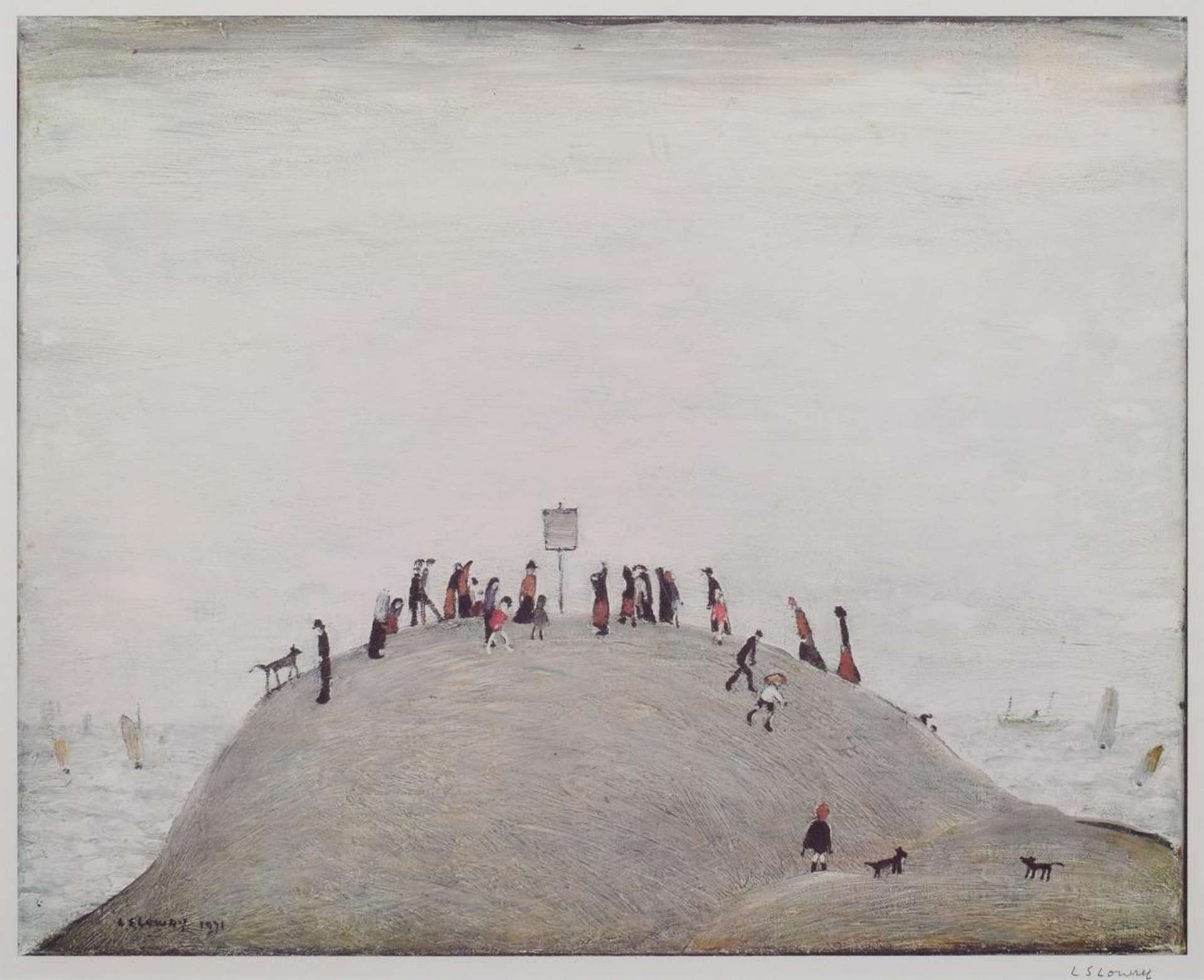
The Notice Board
Signed Print
L S Lowry
£1,000-£1,500
$1,950-$2,950 Value Indicator
$1,750-$2,600 Value Indicator
¥9,000-¥13,500 Value Indicator
€1,150-€1,750 Value Indicator
$10,000-$15,000 Value Indicator
¥190,000-¥290,000 Value Indicator
$1,250-$1,900 Value Indicator
AAGR (5 years) This estimate blends recent public auction records with our own private sale data and network demand.
There aren't enough data points on this work for a comprehensive result. Please speak to a specialist by making an enquiry.
Medium: Lithograph
Edition size: 500
Year: 1975
Size: H 40cm x W 50cm
Signed: Yes
Format: Signed Print
TradingFloor
MyPortfolio
Your collection tracked in real time.
Build your portfolio, manage valuations, view return against your collection and watch works you're looking for.
Track auction value trend
Auction Results
| Auction Date | Auction House | Artwork | Hammer Price | Return to Seller | Buyer Paid |
|---|---|---|---|---|---|
| September 2023 | Wilson55 - United Kingdom | The Notice Board - Signed Print | |||
| April 2023 | Mellors & Kirk - United Kingdom | The Notice Board - Signed Print | |||
| April 2022 | Bonhams Knightsbridge - United Kingdom | The Notice Board - Signed Print | |||
| September 2021 | Bonhams Knightsbridge - United Kingdom | The Notice Board - Signed Print | |||
| December 2020 | Bonhams Knightsbridge - United Kingdom | The Notice Board - Signed Print | |||
| March 2018 | Bonhams Knightsbridge - United Kingdom | The Notice Board - Signed Print | |||
| November 2016 | Bonhams Knightsbridge - United Kingdom | The Notice Board - Signed Print |
Meaning & Analysis
L. S. Lowry’s lithograph print The Notice Board from 1975 is one of the artist’s more abstract scenes, showing a group of people walking up a hill in front of a gloomy seascape. The central focus of the print is a tall notice board that the figures gather together to look at.
This highly unusual scene, with very little context behind the notice board, encapsulates Lowry’s interest in showing the ways in which people from all walks of life gather together and where this takes place. Appearing like a scene from a dream, The Notice Board is very clearly created from Lowry’s imagination, elusive in its depiction of the sea as a backdrop, and faint depictions of sailing boats.
Characteristic of many of Lowry’s paintings, this scene is filled with a flat, white, polluted light that renders the sky and sea almost undifferentiated. The depiction of a single hill in the foreground of the image, conveys a narrative that these figures are stranded in the middle of the sea. Created late in Lowry’s career, this gives the print an atmosphere of melancholic loneliness, described by art historian John Rothenstein as ‘a kind of gloomy lyricism’, something that runs through many of the artist’s paintings of people.
